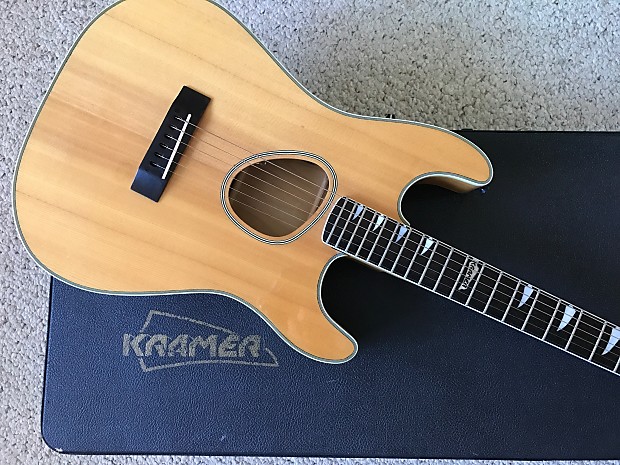
#Kramer ferrington mix matched professional
After 1947 he became ineligible to play for the Davis Cup on account of becoming a professional player. In 19 he was part of the winning US team, defeating Australia in both finals and winning all four of his singles matches. Together with Joe Hunt they lost the doubles match against John Bromwich and Adrian Quist. Kramer made his debut for the US Davis Cup team in 1939 in the final of the World Group against Australia. 1 amateur in 1947 by John Olliff, Pierre Gillou and Ned Potter. Then, Kramer "changed suddenly from a stumbling novice to a raging perfectionist" and went on to win in five sets to retain his title. Parker won the first two sets as Kramer struggled to find form. Championships number one seed Kramer faced Frank Parker in the final. Īt the 1947 Wimbledon Championships Kramer was seeded first and justified it by winning the title after another straight-sets win against Brown in a final that lasted only 48 minutes. 1 amateur in 1946 by Pierre Gillou and Harry Hopman. Championships he was seeded third but managed to win his first Major singles title after a straight-set victory in the final against Tom Brown, losing just a single set in the tournament. The first Grand Slam tournament Kramer entered after the war was the 1946 Wimbledon Championships where he was seeded second but was upset in by Jaroslav Drobný in a five-set fourth round match. During World War II he continued to win prizes in the United States, since the war had effectively put an end to international tennis, but did not compete in the U.S. Seeded second, he reached the final, despite being weakened by food poisoning, but lost it to Joe Hunt in four sets. Kramer received a leave from his duties in the Coast Guard to compete at the 1943 Championships. In 1942, Kramer won the men's singles in the Ojai Tennis Tournament.

11, and reached the quarterfinal where third-seeded Frank Kovacs proved too strong. At the 1941 Championships he was seeded for the first time, at No. In 1940 Kramer defeated fourth-seeded Frank Parker in a five-sets quarterfinal but lost to second-seeded and eventual champion Don McNeill in the semifinal. Championships he was beaten in the second round by 11th-seeded and fellow Californian Joe Hunt. He lost his first match in 1938 in straight sets, winning only two games. National Championships seven times from 1938 through 1947. He also played with high school teammate, George Richards, who later was nationally ranked. He won matches against nationally ranked men such as Elwood Cooke. He competed occasionally in men's tournaments on grass courts in the East. He was the National Boys' Champion in 1936, and the winner of the 1938 National Juniors Interscholastics. He was able to play against such great players as Ellsworth Vines, Bobby Riggs, and Bill Tilden. Kramer traveled many hours each day from his home in Montebello, California, to play tennis at the LATC and the Beverly Hills Tennis Club. Jones was the President of the Southern California Tennis Association (SCTA). Because of his obvious ability and his family's lack of money, he came under the guidance of Perry T. He played on the Montebello High School tennis team with George Richards. Within a year, he was playing junior tournaments. Kramer began his tennis career by taking lessons from renowned teaching professional, Dick Skeen.

Starting in 1948, the Jack Kramer Autograph tennis racket from Wilson Sporting Goods became the most popular selling racket of all time for over 35 years (Wilson Sporting Goods-1984). He invested in the Professional Tennis Tour, the Jack Kramer Tennis Club in Palos Verdes, CA., two Golf courses at the Los Serranos Country Club in Chino Hills, California, and racehorses. In 1944, he married Gloria, and they had five sons: Bob, David, John, Michael and Ron. When he was 13, the family moved to San Bernardino, California, and after seeing Ellsworth Vines, then the world's best player, play a match, Kramer decided to concentrate on tennis. As a boy he was a fine all-round athlete, particularly in basketball and tennis.

Kramer was the son of a blue-collar railroad worker for the Union Pacific railroad. Kramer was one of the most important people in the establishment of modern men's "Open"-era tennis, and was the leading promoter of professional tennis tours in the 1950s and 1960s. 1 player for 19 as an amateur and in 1948 as a professional in contemporary rankings. John Albert Kramer (Aug– September 12, 2009) was an American tennis player of the 1940s and 1950s.

November 1947 (first senior amateur event 1937)


 0 kommentar(er)
0 kommentar(er)
